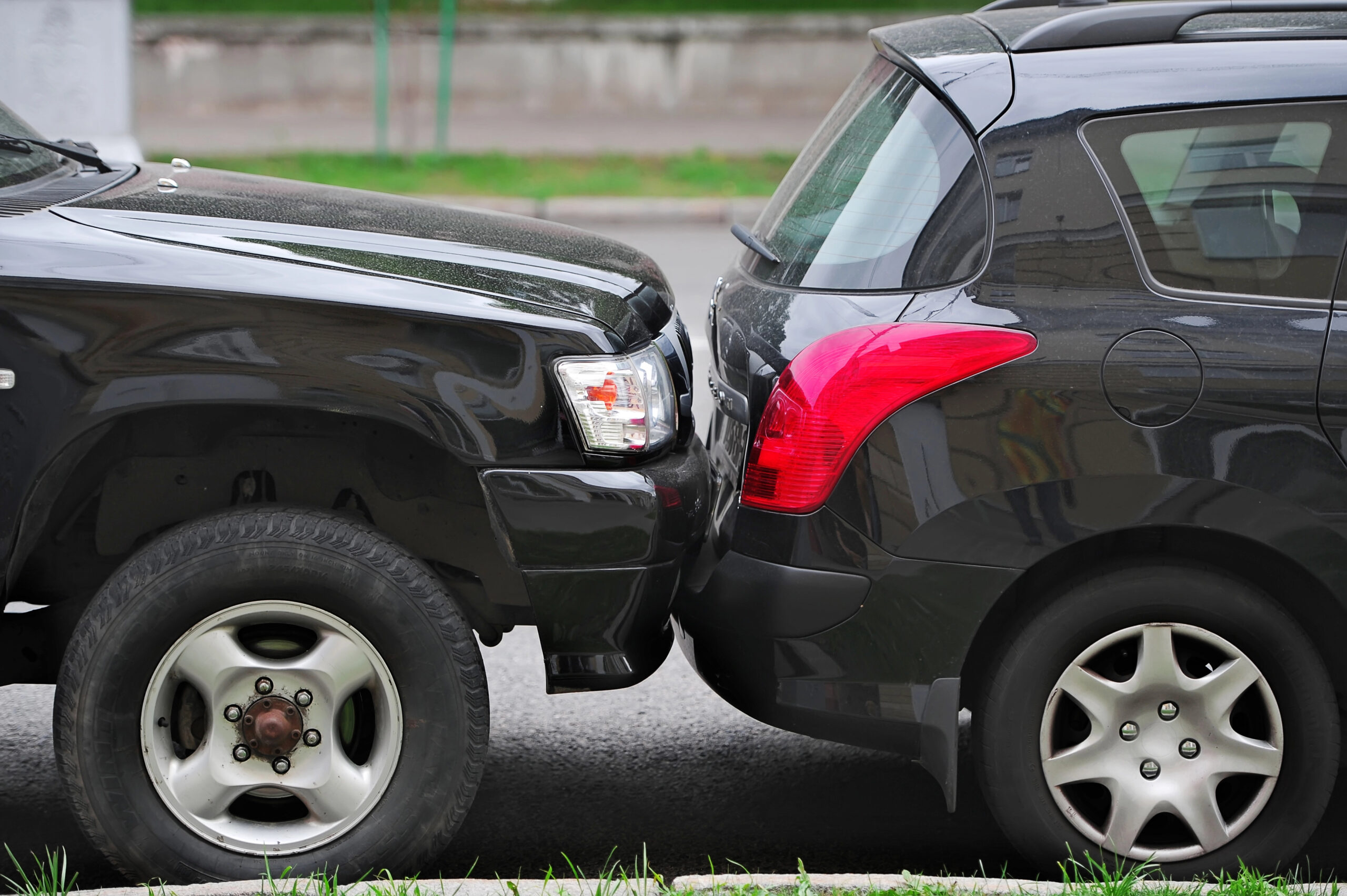Question: How do you repair a scratch on a plastic car bumper?
Answer: Fixing scratches on a plastic bumper is fairly straightforward, as long as the scratches aren’t too serious. If you can feel the scratches when you run your hand over your bumper, they’re likely too deep to fix on your own.
If your scratches are minor, and you want to try fixing them yourself, let’s start with what you’ll need:
- Clear coat
- Masking tape and newspaper
- Microfiber cloths
- Paint (matched to your car’s color)
- Plastic cleaner or isopropyl alcohol
- Plastic primer
- Sandpaper (400, 800, and 1200 grit)
- Scratch-filling putty or plastic bumper filler
With your materials gathered, follow these steps to repair the scratches on your car’s bumper:
Step 1: Clean the area:
- Use the plastic cleaner or alcohol to thoroughly clean the scratched area.
- This removes dirt, grease, and debris, ensuring that the repair materials stick properly.
Step 2: Sand the scratch:
- Using 400-grit sandpaper, gently sand the scratch and the area around it. This smooths out rough edges.
- Next, use 800-grit sandpaper to further refine the area, blending the scratch with the surrounding surface.
- Finish with 1200-grit sandpaper to achieve a smooth finish.
Step 3: Apply filler
- If the scratch is deep, you’ll need to fill it with scratch-filling putty or plastic bumper filler.
- Apply the filler evenly over the scratch using a putty knife or similar tool.
- Allow it to dry completely according to the product instructions.
Step 4: Sand the filler
- Once the filler is dry, sand it down using 800-grit sandpaper, followed by 1200-grit for a smooth, even surface.
Step 5: Prime the area
- Mask off the area around the repair to avoid getting primer on parts of the car you don’t want to paint.
- Apply a light coat of plastic primer to the repaired area. This helps the paint adhere better.
- Let the primer dry completely before moving on.
Step 6: Paint the bumper
- Shake your paint can well, then spray a light coat of paint over the primed area.
- Allow it to dry, then apply additional coats as needed, letting each coat dry fully before adding the next.
Step 7: Apply clear coat
- Once the paint is dry, apply a clear coat to seal and protect the repair.
- Use light, even coats and allow the clear coat to dry completely.
Step 8: Final touches
- Once everything is dry, remove the masking tape and newspaper.
- Buff the area with a microfiber cloth to ensure a smooth, polished finish.
How much will it cost to fix my scratched bumper?
If you do it yourself, you’ll only be out what you spend on the materials you use—maybe $100 or less. However, if you choose to take your car to a garage to have it fixed, you could be looking at $50 to $400 to have your bumper repaired.
Will insurance cover having scratches on my bumper repaired?
Depending on what caused the scratches on your bumper, car insurance may cover the repairs.
If the scratches resulted from an accident caused by another driver, their liability insurance will cover the damages. However, if the scratches are the result of an accident you cause, or they resulted from a non-collision event—like vandalism, severe weather, or hitting a deer—whether you’re covered will depend on the type of coverage you carry.
If you only purchased liability coverage, you’re on your own. But if you have a policy that includes collision and comprehensive insurance, you’ll be covered, though you’ll be responsible for paying a deductible. With that in mind, it may actually be cheaper—and easier—to just take care of the damage yourself.

Sarah Gray is an insurance writer with nearly a decade of experience in publishing and writing. Sarah specializes in writing articles that educate car owners and buyers on the full scope of car ownership—from shopping for and buying a new car to scrapping one that’s breathed its last and everything in between. Sarah has authored over 1,500 articles for Jerry on topics ranging from first-time buyer programs to how to get a salvage title for a totaled car. Prior to Jerry, Sarah was a full-time professor of English literature and composition with multiple academic writing publications.

Chris Burkhardt is a writer and editor with over a decade of experience across various storytelling mediums. With Jerry, Chris hopes to help anyone with a question about their vehicle easily find the answers they are looking for. Whether you need to know how much insurance costs for a classic car, how to replace a broken light or tell if you need an oil change, Chris wants to help you find solutions the best he can. Prior to joining Jerry, Chris was a digital content producer and writer for NBC and a freelance editor for NerdWallet. A graduate of the University of Oregon’s School of Journalism and Communication, if Chris is not working on content, he’s sure to be found cheering on his Ducks!








